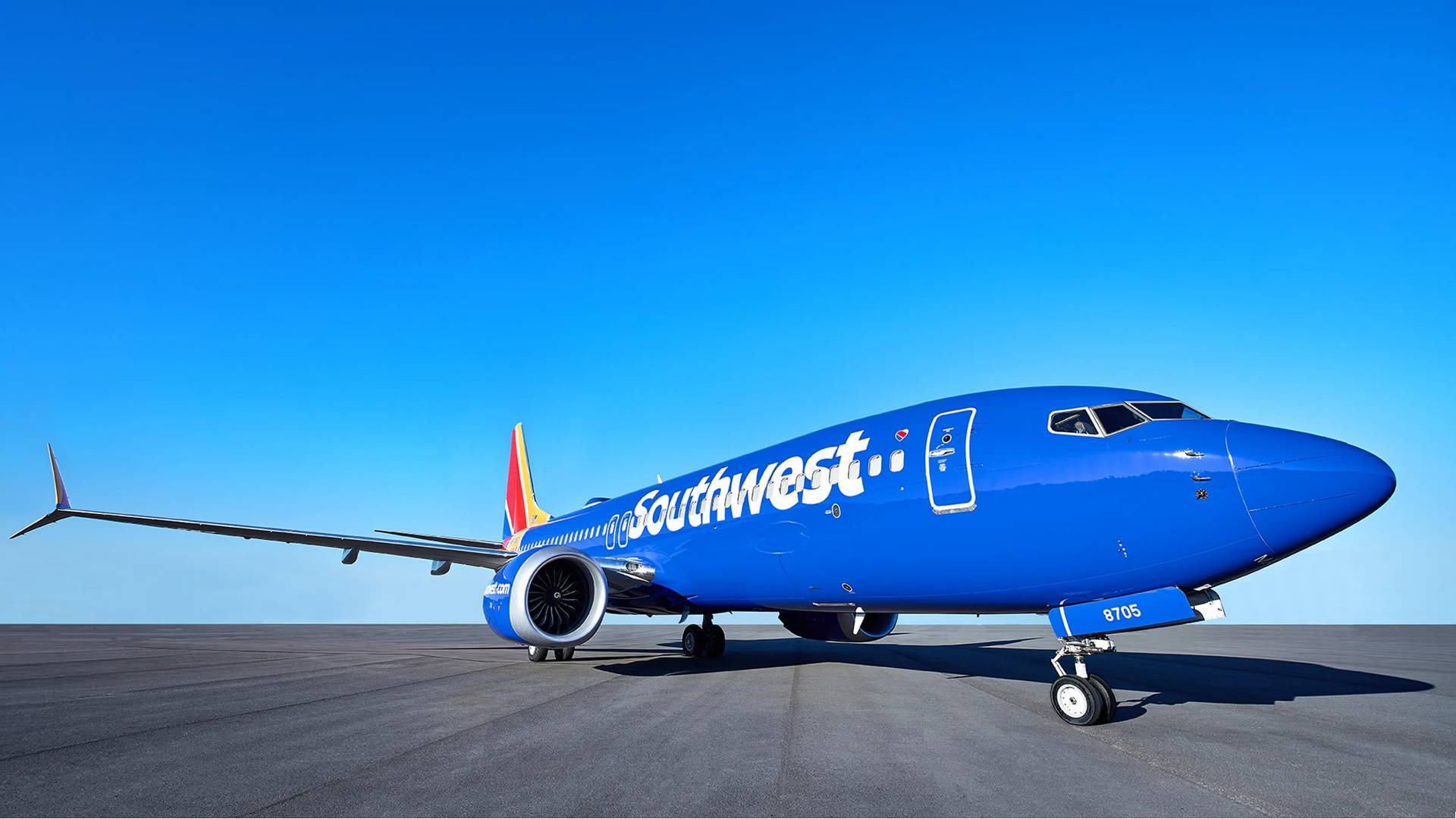The National Transportation Safety Board released its Preliminary Report on a Southwest 737 MAX-8 that experienced a Dutch roll last May.
This incident happened on May 25th this year and was one of a series of Southwest incidents that got the public’s attention. It involved flight WN-746 from Phoenix Sky Harbor International (KPHX) to Oakland International (KOAK). Southwest performs this morning flight daily.

On the day of this Dutch roll incident, the Southwest flight departed on time, using runway 25R, climbing to FL340 in cruise. There were 175 passengers and 6 crew on board, and the flight’s captain was the pilot flying.
In their NTSB statements, the Southwest pilots recounted that shortly after reaching their cruise altitude, they experienced “a small amount of Dutch roll” as they flew through some turbulence. This lasted for a few seconds.

Southwest Flight Lands Safely After Dutch Roll
The captain added that when steering on the runway before takeoff, the rudder pedals momentarily felt stiff. Both pilots knew of an entry in the aircraft’s logbook, saying that the yaw damper seemed to be “over-correcting in flight.”

The Southwest crew stated that the aircraft underwent similar Dutch roll phenomena later in the flight, including after they descended to FL320, in search of less turbulence. Interestingly, the crew noted that while this happened, they could feel slight movement in the rudder pedals. Regular operation of the yaw damper shouldn’t make the pedals move.
While still in flight, the crew contacted Southwest maintenance via ACARS and informed them of this Dutch roll issue. They continued to their destination and landed without incident using Oakland’s runway 30.

On the ground, maintenance crews would eventually find structural damage on the vertical stabilizer trailing edge ribs above and below the standby rudder Power Control Unit (PCU, see below). However, it appears that this damage wasn’t spotted initially. Nevertheless, the aircraft was immediately grounded.
Crucially, nine days before the Dutch roll incident, this Southwest aircraft spent the night at the Louis Armstrong New Orleans International Airport (KMSY). That night, the airport experienced nasty weather, including winds gusting up to 73 knots.

Some Routine Maintenance?
Later, on the night between the 23rd and 24th of May, the aircraft underwent scheduled maintenance in the form of an “A Core Check.” This included testing the standby rudder PCU. After powering this PCU, a technician repeatedly worked the rudder pedals in the cockpit to verify that they moved the rudder normally.
This was the last time that the standby PCU was powered on. Also, the flight on which the Southwest aircraft experienced the Dutch roll was the first flight after this maintenance check. The investigation is ongoing, and one of its goals is to determine when this damage occurred. Was it the stormy weather or the maintenance that did it?

The aircraft involved in this Dutch roll incident is a Boeing 737 MAX-8, with tail number N8825Q, that has been part of the Southwest fleet for one and a half years. 12 days after the incident, it was flown to Everett (KPAE) for more work.
This appears to be when Southwest’s maintenance crew discovered the full extent of the damage, at which point the airline notified the NTSB. The aircraft didn’t return to service until the 4th of July, nearly 7 weeks after the incident. It has remained in regular service ever since.
Source: NTSB (link opens locally)




1 comment
Karlos “El listo fan de Boeing” Pineda
Horray! An incident on a MAX in which is not Boeing’s fault!